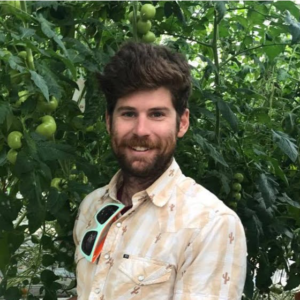As lighting technology becomes more sophisticated, lighting recommendations are also becoming increasingly complicated. The ability of LEDs to deliver specific spectra inevitably leads to questions about which spectrum is best for plant growth and which wavelengths can boost cannabinoid and terpene production. Therefore, understanding how and why light quality affects cannabis growth and metabolism is integral for determining the optimal lighting strategies for growers’ production facilities.
Join Fluence by OSRAM’s research project manager, Brian Poel, as he shares the findings of Fluence’s cannabis research program and how light spectrum controls cannabis yield and quality. Brian will dive deep into the effects of light’s visible and invisible wavelengths and their role in cannabis cultivation.

